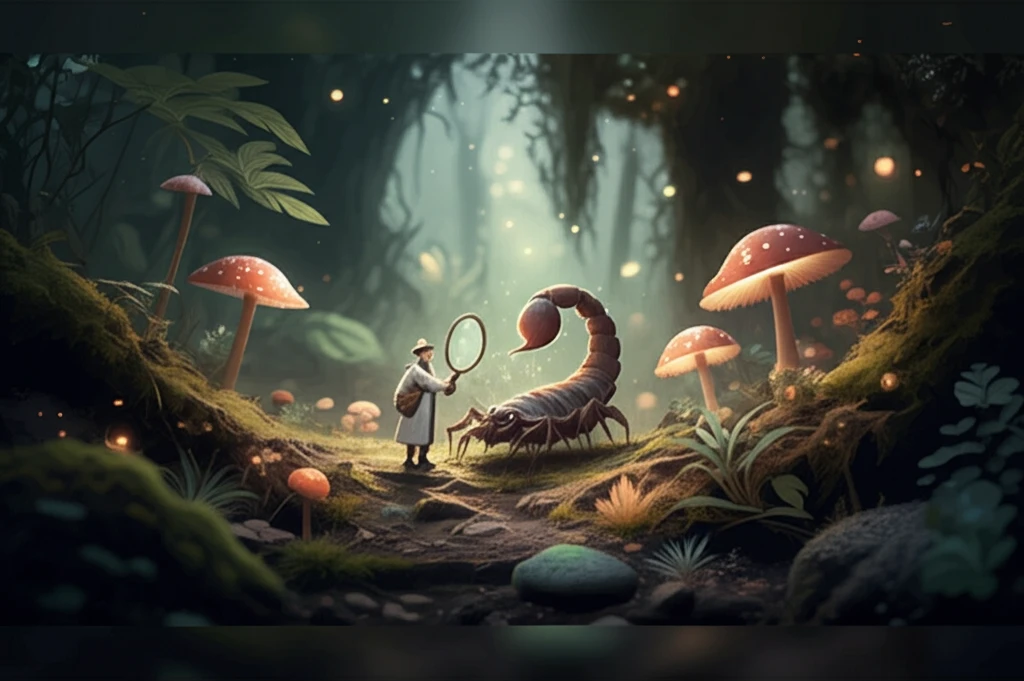
Hidden Wonders: Unveiling a New Species of Pseudoscorpion Right Under Our Feet
"Dive into the fascinating world of arachnids as we explore the discovery of Chthonius negarinae, a new species of pseudoscorpion, and what this tiny creature can tell us about biodiversity and hidden ecosystems."
The world beneath our feet is teeming with life, much of which remains unexplored. Among these hidden inhabitants are pseudoscorpions, tiny arachnids that play a crucial role in maintaining the balance of soil ecosystems. These creatures, though small, are mighty predators, feeding on mites, small insects, and other invertebrates. Their presence indicates a healthy, thriving environment, making them essential subjects for ecological studies.
Recently, a team of entomologists unveiled a new species of pseudoscorpion from Iran, adding another piece to the puzzle of global biodiversity. This discovery isn't just about naming a new species; it's about understanding the complex web of life that sustains our planet. The new species, named Chthonius (Ephippiochthonius) negarinae, showcases unique characteristics that set it apart from its relatives, offering valuable insights into the evolution and distribution of these fascinating arachnids.
The identification of Chthonius negarinae highlights the importance of continued exploration and research in even the most familiar environments. It reminds us that there are still countless species waiting to be discovered, each with its own story to tell and its own role to play in the grand scheme of nature. Understanding these creatures is crucial for effective conservation efforts and for appreciating the full extent of our planet's biodiversity.
Discovering Chthonius negarinae: A Closer Look

The newly identified species, Chthonius negarinae, belongs to the subgenus Ephippiochthonius within the Chthoniidae family. These pseudoscorpions are distinguished by several key features. One notable characteristic is the presence of a dorsal depression between specific trichobothrial groups (sensory hairs), setting them apart from other subgenera. This particular species was found in the Golestan Province of Iran, specifically in the soil and litter of the Jahan Nama Protected Area. The specimens were carefully extracted and preserved, allowing for detailed examination under a microscope.
- Presence of 4 eyes (posterior eyes are eyespots)
- Four preocular microsetae (2 on each side)
- An isolated subapical tooth on the movable cheliceral finger
- Specific trichobothriotaxy, especially the position of trichobothrium ist in the fixed chelal finger
Why This Tiny Creature Matters
The discovery of Chthonius negarinae is more than just an addition to the list of known species; it's a reminder of the vast, unexplored biodiversity that remains hidden in plain sight. Each new species contributes to our understanding of ecological processes and the interconnectedness of life. Studying these tiny creatures can provide valuable insights into environmental health, climate change impacts, and the overall resilience of ecosystems. As we continue to explore and document the world around us, we gain a greater appreciation for the importance of conservation and the need to protect these fragile ecosystems for future generations.
